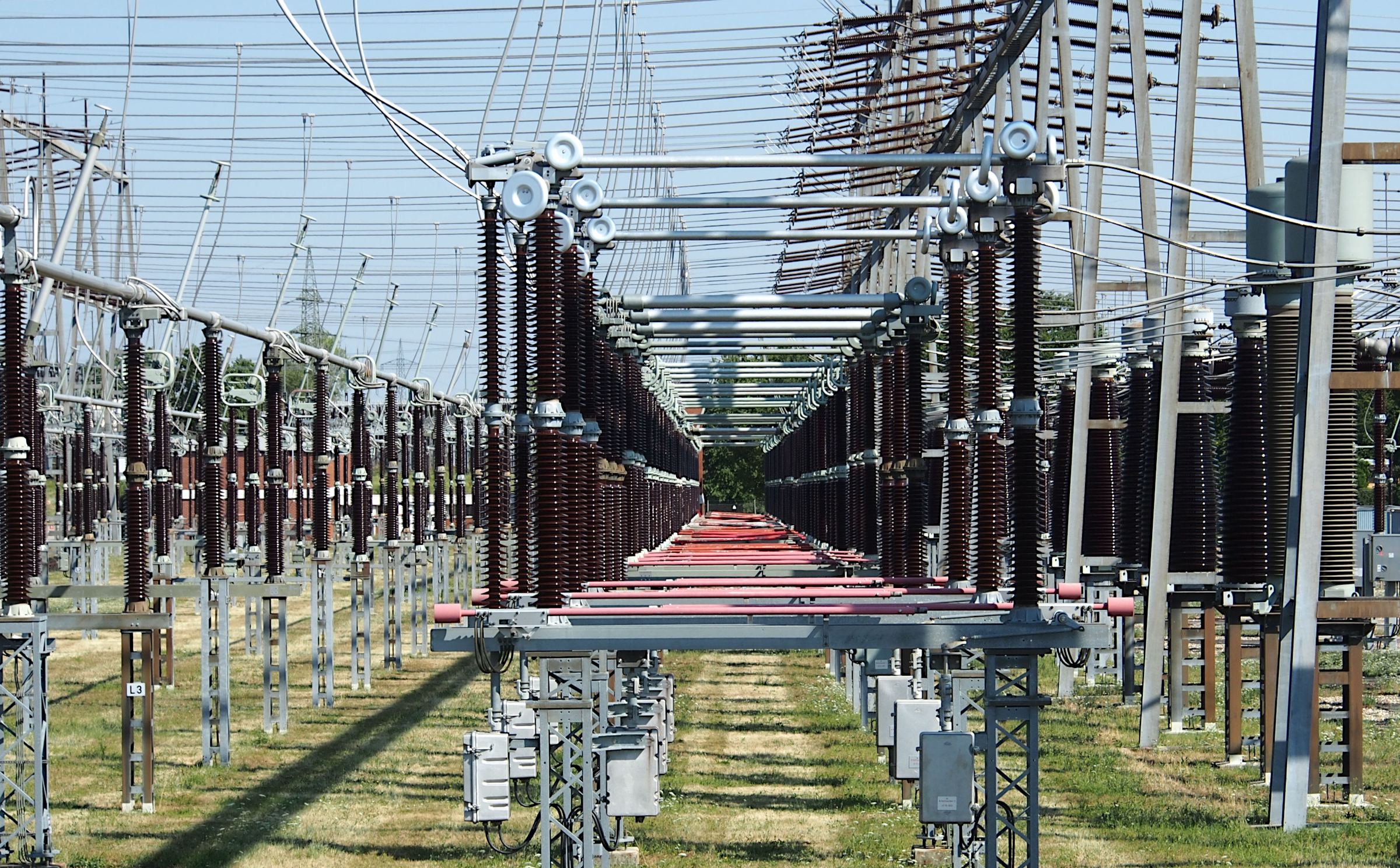ECO-FRIENDLY SYNTHESIS OF ZINC OXIDE NANOPARTICLES BY PLANT AND ITS PHYSICAL VERIFICATION
Keywords:
ECO-FRIENDLY SYNTHESIS, ZINC OXIDE NANOPARTICLES, PLANT AND ITS PHYSICAL VERIFICATIONAbstract
Introduction: The environmentally eco-friendly synthesis of nanoparticles has emerged as a significant topic within the domains of nanotechnology and nanoscience. Researcher specialising in the synthesis of nanoparticles utilising various organisms and plant species. Plants are generally more effective for the formation of nanocrystallites across a broad spectrum. The synthesis rate in plants is quicker than in other organisms, and the nanoparticles exhibit enhanced stability. Materials and Methods: The recent study focusses on the sustainable production of zinc oxide nanoparticles, utilising fresh tobacco leaves as bio-components. The dimensions of zinc oxide nanocrystallites range from 30 to 40 nm, synthesised via a simple, rapid, and environmentally friendly process. The synthesised particles are characterised in terms of shape and morphology using FTIR, EDX, Diffraction of X-rays and scanning microscopy using electrons. Results: Enhancing the degree of concentration of the salt solution results in a transformation of particle shape from spherical to nanorod. The crystalline arrangement of zinc oxide nanoparticles consistently exhibits a wurtzite configuration. This technique for the synthesis of nanoparticles of zinc has promising applications in various fields, including electronics, biosensing, and the food industry. Conclusion: The method used for the synthesis of nanoparticles of zinc has promising applications in various fields, including electronics, biosensing, and the food industry
















